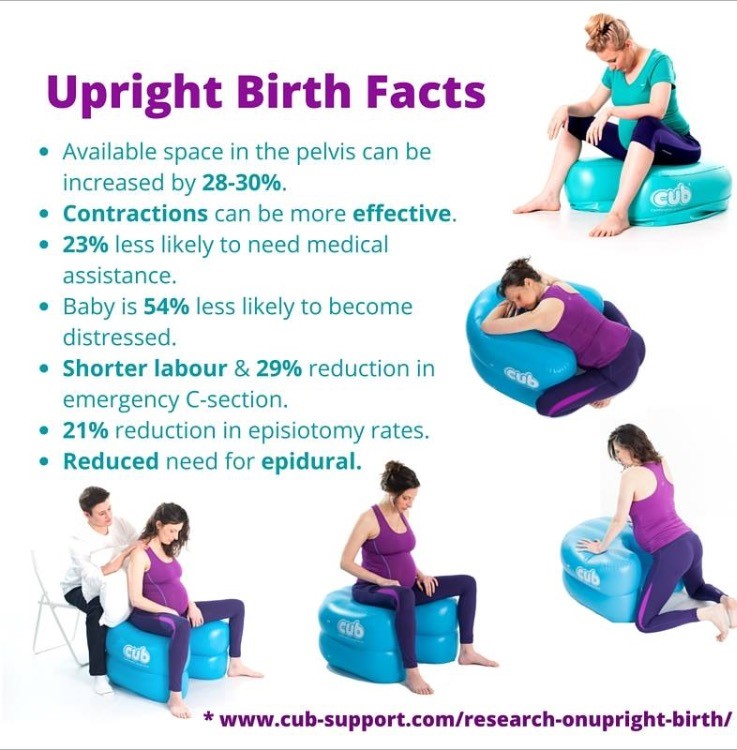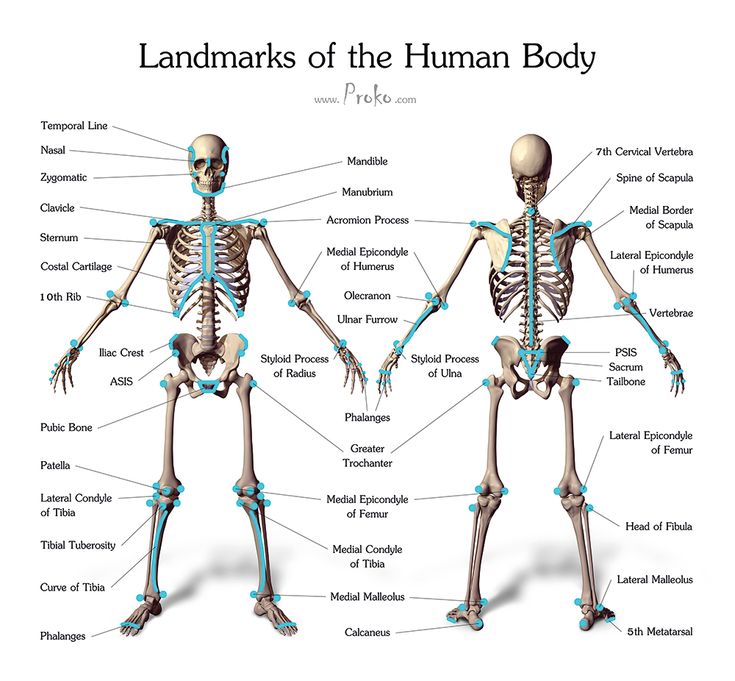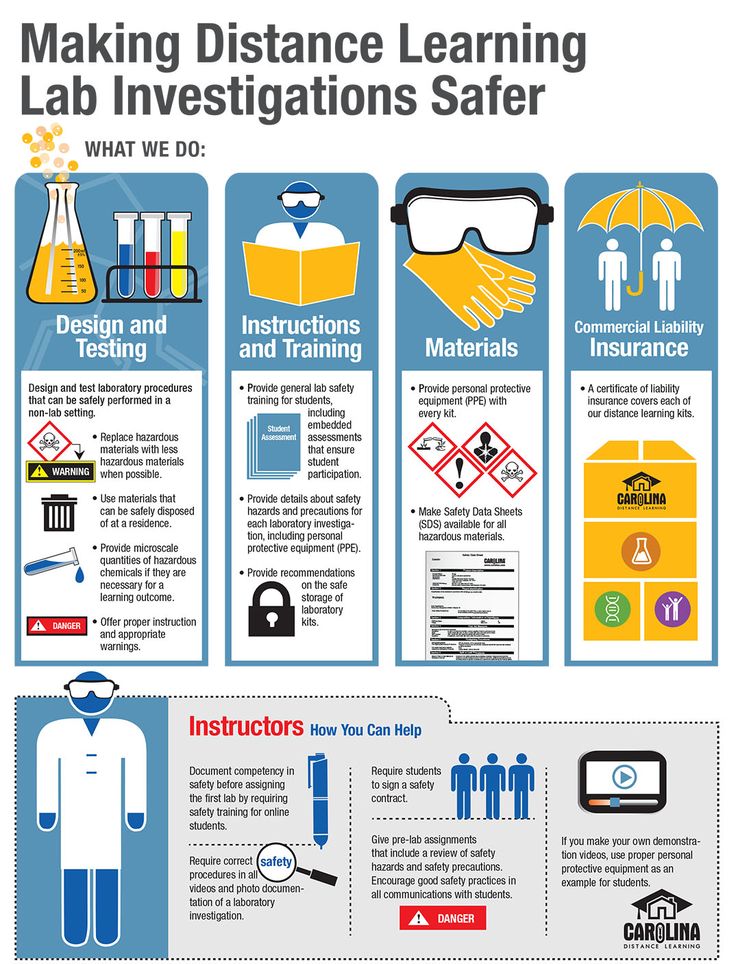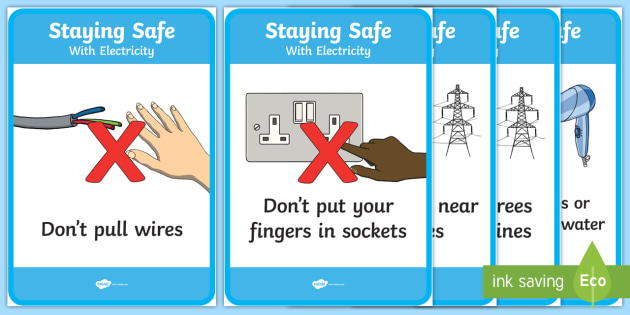Upright birthing positions
Staying active and upright positions during labour
Being active during labour can distract you from any discomfort you may be feeling. It can also shorten the time you're in labour.
You may feel the urge to stay upright and to move around. Listen to your body.
Being upright means using any position that avoids lying flat.
Benefits of staying upright during labour
Gravity will help your baby move down the birth passage. Pregnant women who are upright and active need less pain relief or interventions to get the baby out. Your baby will get a better oxygen supply and will be in a better position when you are upright.
Better contractions and less pain
When you are upright, your womb tilts forward during contractions. This means you will have better contractions and less pain. Contractions are stronger and more effective when you are upright. This could mean your labour is shorter.
Wider birth canal
The lower part of your spine can move better when you are upright. This means the birth canal can widen and make room for the baby’s head. Pelvic joints can expand and move which means less pressure on nerves.
Walking in early labour
Walking in labour may help to shorten the early phase of labour. When labour is more established, you might need support to change positions between contractions.
Labour hopscotch - preparing your body for labour
Ways to stay upright during labour
Staying upright includes:
- standing
- sitting backwards on a chair and leaning over a pillow on the top
- sitting on a birthing ball
- kneeling
- squatting
- being on all fours
- the 'slow dance' position
Stages of labour
Breathing and self help techniques for labour
Positions for first stage of labour
Try the following positions:
Sitting on a birthing ball
Positions for first stage of labourSitting on a birthing ball Sitting on a birthing ballSit on a birthing ball (gym ball).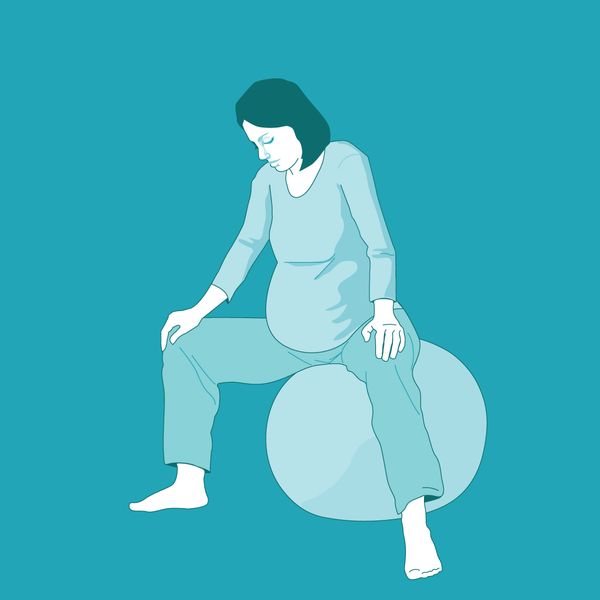 Make sure you are comfortable. Move your pelvis in circles or gently rock forwards and backwards. This helps gravity bring your baby further down your body.
Make sure you are comfortable. Move your pelvis in circles or gently rock forwards and backwards. This helps gravity bring your baby further down your body.
Sitting backwards on a chair
Sitting backwards on a chairSit facing the back of the chair, leaning forwards. Use a pillow for comfort if you like. You could sit in this position and watch a film during the early stages of labour. Your birthing partner could massage your back during contractions.
Resting on a birthing ball
Resting on a birthing ballPut your birthing ball on a table or height and rest against it while standing. You could also rest against a wall. This gives you time to meditate and relax between contractions. You will still benefit from an upright posture by using gravity to help with labour.
Birthing balls and other equipment for labour
The 'slow dance' position
Woman leaning into manInformation:
Different positions using a birthing ball, mats and beanbags can help your baby move down the pelvis.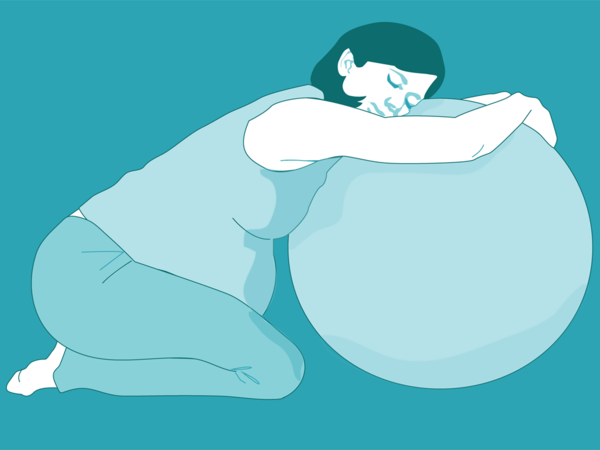
Positions for second stage of labour
Try the following positions:
Deep squat
Deep squatUse a chair to help support you. This deep squat can help increase the diameter of your pelvis by 2 centimetres. This can help create room in your pelvis as your baby is being delivered.
Sitting with your back supported against a wall
Lying against wallSitting with your back supported can help gravity with the birth of your baby. The bed on the delivery ward can be adjusted to support you in this way. This can be especially helpful if you have had an epidural, as you will have less options to change positions at this stage.
Lying forward on a birthing ball
Lying forward on a birthing ballLying forward on a birthing ball can help to ease the pressure in your back during contractions. It is also a very natural position to deliver your baby in.
It is also a very natural position to deliver your baby in.
When you cannot be upright
You may not be able to stay upright if you:
- had an epidural
- have a drip
- are connected to electronic monitors
To stay comfortable, ask your birth partner and midwife to help you change position.
Page last reviewed: 4 January 2023
Next review due: 4 January 2026
13 Best Labor and Birthing Positions
For nine months you prep and plan for baby’s arrival. You read books, watch videos and maybe even take a birthing class or two. But while movies and TV shows have led many of us to believe both labor and delivery happen while lying on your back with your legs spread wide, anyone who’s been through the experience will tell you it doesn’t have to play out that way.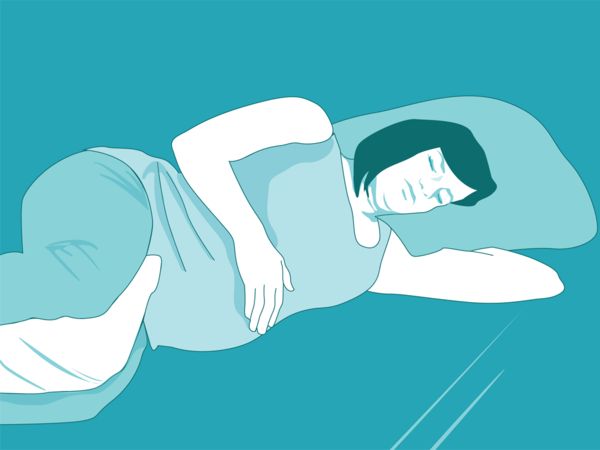
There are actually a variety of labor positions you can assume during the first phases of childbirth and a whole other set that makes for good birthing positions when it’s time to push—and they don’t all call for you to be flat on your back. “Rotating between different labor and birthing positions is important to optimize conditions for the mom and baby,” says Sara Twogood, MD, an obstetrician gynecologist at Cedars Sinai Medical Center in Los Angeles and author of Ladypartsblog.com. “For Mom, this could mean making her more comfortable, especially if she’s having a medication-free birth. It can also mean maximizing the space in her pelvis so baby has more room.”
Here’s a primer on some of the best labor and birthing positions to help you prepare for the big day.
In this article:
Best labor positions
Best birthing positions
Best Labor Positions
The process of giving birth takes work (it’s not called “labor” for nothing). But that doesn’t mean you shouldn’t find a way to be as comfortable as humanly possible.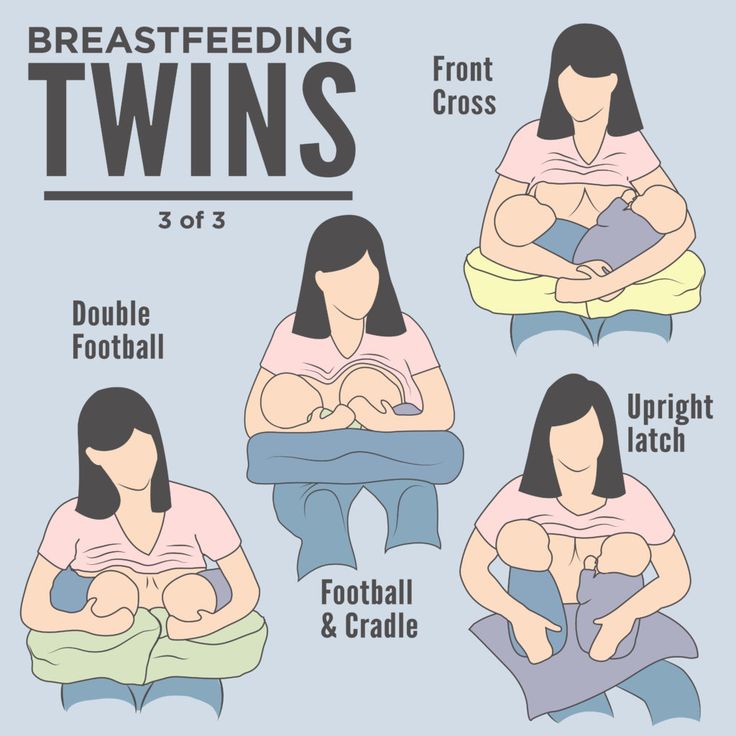 “Labor positions are used during the labor process to help ease discomfort, move the baby down through the pelvis and encourage optimal fetal positioning,” says Lindsey Bliss, a birth doula and co-director of Carriage House Birth in New York City. “If you end up choosing not to utilize drugs for pain management, labor positions are essential for easing discomfort.”
“Labor positions are used during the labor process to help ease discomfort, move the baby down through the pelvis and encourage optimal fetal positioning,” says Lindsey Bliss, a birth doula and co-director of Carriage House Birth in New York City. “If you end up choosing not to utilize drugs for pain management, labor positions are essential for easing discomfort.”
Active labor, the phase in which contractions come on strong, is often when things really start to hurt. But keep in mind that women don’t start pushing until the cervix is fully dilated—for some women, this happens quickly; for others, not so much. So as your body and baby prepare for delivery, there are several labor positions your doctor or midwife may suggest to get you to the pushing point more comfortably. “Labor and delivery nurses are usually really great at helping a woman move around, even with an epidural, to find the labor positions that feel best for them,” Twogood says. “I recommend women try out a number of positions during labor. Every woman and baby is different, and what works for one woman won’t be ideal for another.”
Every woman and baby is different, and what works for one woman won’t be ideal for another.”
Check out some of the most common labor positions:
The hands and knees position
The all fours position calls for you to get down onto your hands and knees, either in bed or on a floor mat. “The hands and knees position is a great one, since it helps open the pelvis,” says Rebekah Wheeler, RN, CNM, is a certified nurse-midwife in the Bay Area, California. Adds Megan Cheney, MD, MPH, medical director of the Women’s Institute at Banner University Medical Center in Phoenix, “Sometimes baby’s heart rate responds better when you’re in the hands and knees position, especially if baby isn’t in the best spot.”
Pros:
- Takes pressure off the spine, easing back pain
- May help boost baby’s oxygen level
Cons:
- Your arms may get tired
The sitting position
When you feel baby’s weight bearing down, you may just want to sit down—and that’s okay.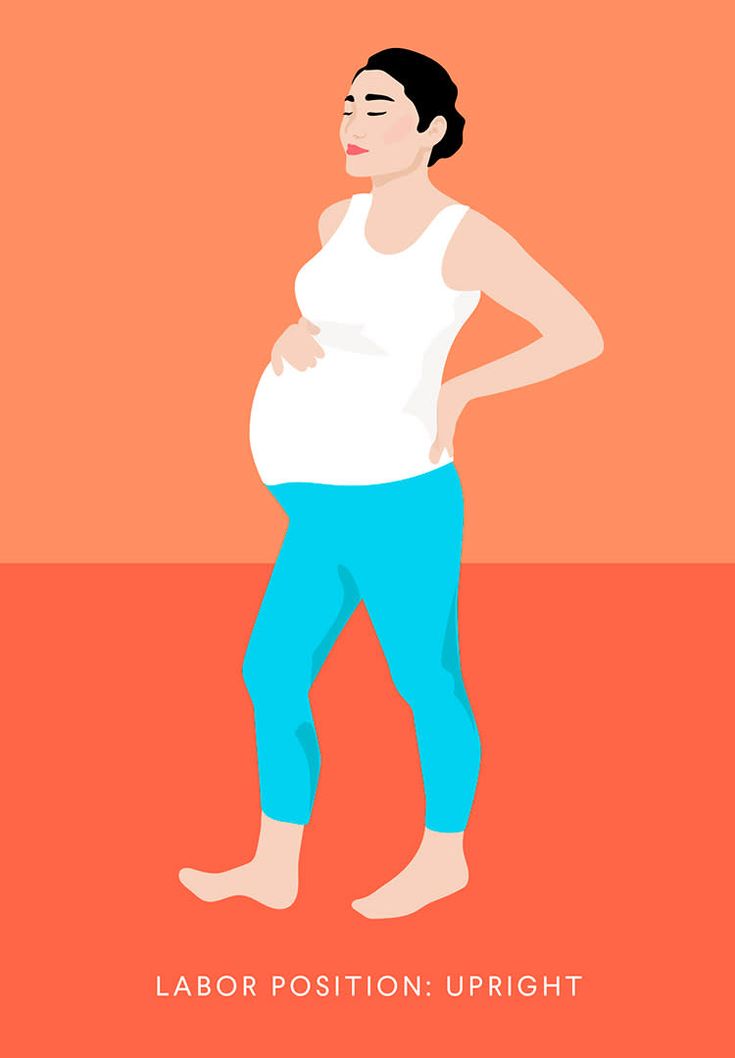 Whether it’s in a birthing chair or even on a toilet, sitting and spreading your legs in this labor position can relieve some of the pressure on your pelvis.
Whether it’s in a birthing chair or even on a toilet, sitting and spreading your legs in this labor position can relieve some of the pressure on your pelvis.
Pros:
- Good for resting
- Can still be used with a fetal monitoring machine
- Sitting on a toilet relaxes the perineum, which can help reduce tearing
Cons:
- A hard toilet seat can become uncomfortable
- May not be an option if you’ve had high blood pressure during pregnancy
Birthing ball positions
Besides sitting on a birthing chair or toilet, you can also work the birthing ball into your labor positions. There are more than a few women who hail the prop as their BFF during labor and delivery. “Birthing balls provide support while you shift around,” Twogood says. “Women who want movement in their hips seem to find them helpful.” You can use a birthing ball in several ways: Some women sit or rock on it, lean against it or simply drape their upper bodies over it while kneeling. It can even be used as support while squatting. “I’m a huge fan,” Bliss says. “It’s great because women can continue bouncing and moving through the contractions even while being monitored.” Check beforehand to see if your hospital uses wireless fetal monitors; if not, you’ll be limited in how far you can move in these labor positions.
It can even be used as support while squatting. “I’m a huge fan,” Bliss says. “It’s great because women can continue bouncing and moving through the contractions even while being monitored.” Check beforehand to see if your hospital uses wireless fetal monitors; if not, you’ll be limited in how far you can move in these labor positions.
Pros:
- Can help move baby into a favorable birthing position
- Relieves back pressure
- Birthing ball labor positions can help encourage dilation and move baby deeper into the pelvis
Cons:
- Can be difficult to keep your balance
- Some birthing ball labor positions are difficult to do alone
The squatting position
Squats rarely top anyone’s list of favorite exercises, but on the day you give birth, you may want to give them a try as one of your labor positions. Squatting can be done against a wall or with the support of a chair or partner.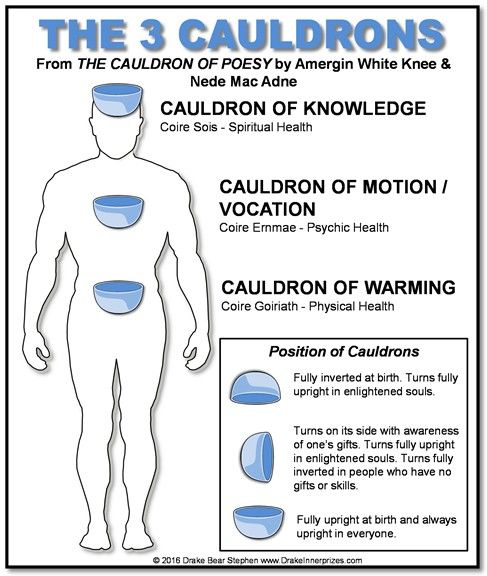
Pros:
- Helps open the pelvis
- Gives baby room to maneuver as they head toward the birth canal
Cons:
- May become tiring
The side-lying position
Lying on your side is one of the best labor positions to try when you need a rest. That said, just because you’re lying down doesn’t mean your body is taking a break from labor; on the contrary, it can actually help baby move into the ready position. “Side-lying and using a peanut-shaped birthing ball between the legs are wonderful tools for getting baby to descend and rotate,” Bliss says. “I encourage my clients to flip from side to side during the process to help baby come down and out.”
Pros:
- Helps get oxygen to baby
- Can be used if you have high blood pressure
- Makes it easier to relax during contractions
Cons:
- May be difficult to assess fetal heartbeat
The upright position
Gravity may not be your best friend during pregnancy, but you can make it work to your advantage during childbirth through upright labor positions.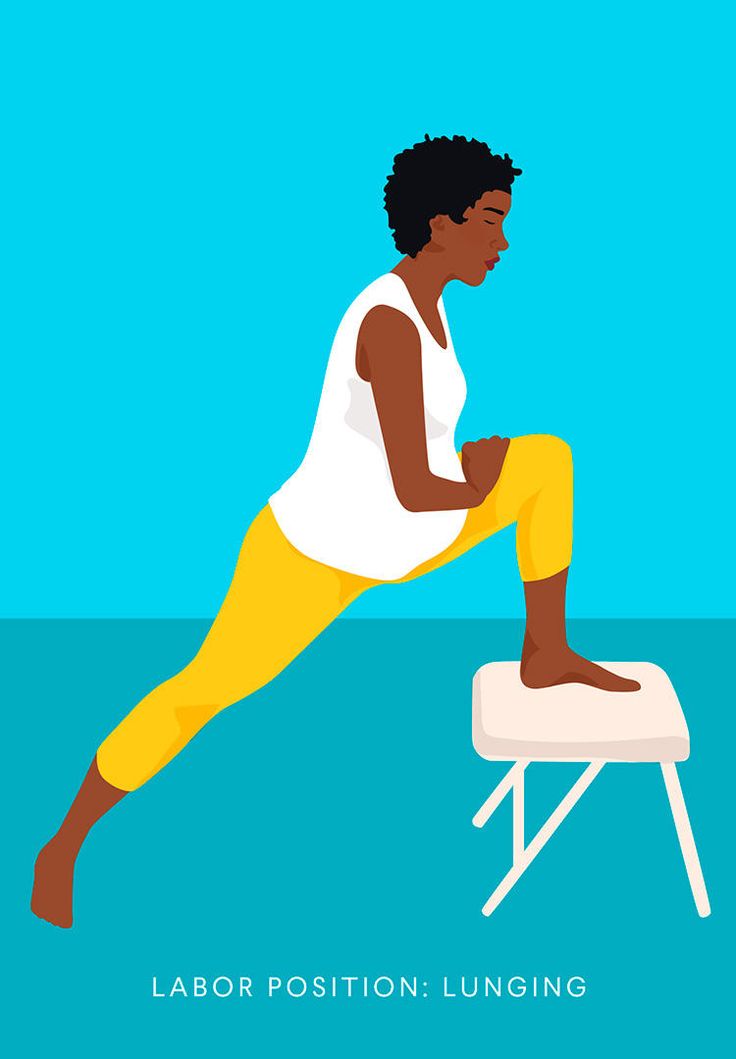 Whether you’re standing, walking or swaying, simply being vertical can get you closer to the finish line. “Walking can be helpful for women who are waiting for labor to progress,” Cheney says. Amy, a mother of two from Connecticut, found that to be the case. “I walked laps around the hospital wing to speed things up,” she says. Swaying while using another person as support is also a good way to work through labor. “Rocking your hips keeps baby moving lower and lower,” Wheeler says. (It’s also good for getting a final hug of support from your partner before the main event!) Here are some other things to consider when it comes to the upright position:
Whether you’re standing, walking or swaying, simply being vertical can get you closer to the finish line. “Walking can be helpful for women who are waiting for labor to progress,” Cheney says. Amy, a mother of two from Connecticut, found that to be the case. “I walked laps around the hospital wing to speed things up,” she says. Swaying while using another person as support is also a good way to work through labor. “Rocking your hips keeps baby moving lower and lower,” Wheeler says. (It’s also good for getting a final hug of support from your partner before the main event!) Here are some other things to consider when it comes to the upright position:
Pros:
- Relieves backaches
- Can make contractions less painful
- Encourages baby to move deeper into the birth canal
Cons:
- Not typically recommended for women with high blood pressure
- A telemetry unit is needed to continuously monitor the fetal heart rate
The lunging position
Doing lunges during labor may not sound like your idea of a good time, but lunging is one of the labor positions you may want to give a whirl.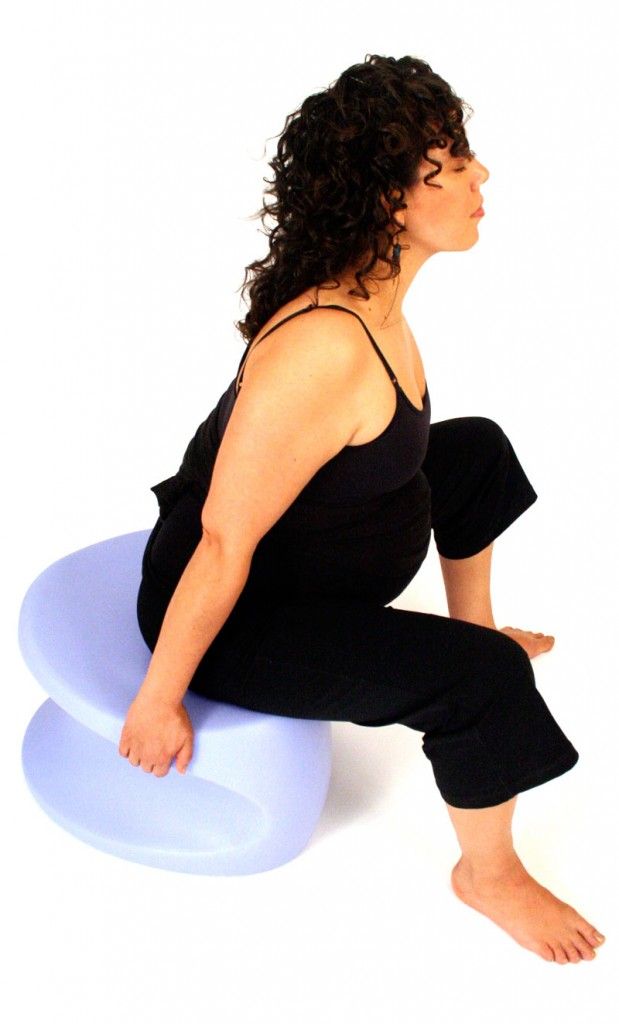 Unlike at the gym, you can put your foot up on a chair for these lunges: Simply lean your body forward onto the raised foot when you feel a contraction coming on. You can repeat it as many times as you want.
Unlike at the gym, you can put your foot up on a chair for these lunges: Simply lean your body forward onto the raised foot when you feel a contraction coming on. You can repeat it as many times as you want.
Pros:
- Helps baby rotate or descend
- Opens the pelvis, giving baby more room
Cons:
- Requires a partner to help you keep your balance
The stair-climbing position
If labor has been progressing nicely and then starts to slow down, baby might need extra encouragement to slip into the optimal position for birth. You may want to consider climbing stairs as one of your labor positions, since it can help baby shift.
Pros:
- Opens pelvis, allowing baby to drop farther and push on the cervix
- Helps baby rotate and get into a better birthing position
Cons:
- Can be tiring, especially if you’ve been in labor for a while
Best Birthing Positions
You’ve made it through the first stages of labor—congrats! Now it’s time to switch things up and assume birthing positions for the final stretch. “Birthing positions are used to push baby out,” Bliss says. Like labor positions, birthing positions don’t always equal lying on your back. In fact, “women who are in bed tend to experience more pain than women who move around,” Wheeler says. Here are some of the best birthing positions to try.
“Birthing positions are used to push baby out,” Bliss says. Like labor positions, birthing positions don’t always equal lying on your back. In fact, “women who are in bed tend to experience more pain than women who move around,” Wheeler says. Here are some of the best birthing positions to try.
Squatting birth positions
Squats aren’t only great to do during labor, but they’re also among the popular birthing positions. Remember, when it comes to labor and delivery, gravity is on your side.
Pros:
- Decreases the need for certain delivery tools, like forceps or a vacuum
- Helps with dilation
Cons:
- Baby’s position may not be right for squatting
- Can lead to more tearing if done without a birthing stool or other aid
Reclining birth positions
Childbirth is hard work, and you might need to take a break—which is why many women opt for reclining birthing positions. Keep in mind, “reclining” can mean a number of things—yes, you can lie down in bed, but you can also recline against a wall, a chair or another person.
Keep in mind, “reclining” can mean a number of things—yes, you can lie down in bed, but you can also recline against a wall, a chair or another person.
Pros:
- Can release tension and relax the muscles
- May be a good alternative if a woman is tired but doesn’t want to lie down completely
Cons:
- Can work against gravity
Birthing stool positions
A birthing stool can be used in a variety of birthing positions: Women can squat on it, get in the all fours position and use it to support the arms or even rock back and forth with it, depending on the design of the stool. Bonus: If you like the idea of a water birth, there are some birthing stool models that work in the water.
Pros:
- Can help baby move farther down
- Relieves stress on the back
- Can increase dilation of the cervix
Cons:
- Women may experience increased blood loss
Birthing bar positions
Call it the birthing stool’s cousin: The birthing bar is an attachment that can be added to many labor beds to help support birthing positions. With a birthing bar, you can sit up at any time and squat, leaning on the bar for support. “The birthing bar can be an awesome tool. You can wrap a towel on it to make it easier to use and switch positions,” Wheeler says. That proved to be true for Jennifer, a mom of two from Connecticut, who recalls that “after about two hours of pushing with no success, the birthing bar was put on the bed. It helped me get the resistance I needed to push to the point where the doctor could intervene.”
With a birthing bar, you can sit up at any time and squat, leaning on the bar for support. “The birthing bar can be an awesome tool. You can wrap a towel on it to make it easier to use and switch positions,” Wheeler says. That proved to be true for Jennifer, a mom of two from Connecticut, who recalls that “after about two hours of pushing with no success, the birthing bar was put on the bed. It helped me get the resistance I needed to push to the point where the doctor could intervene.”
Pros:
- Expands the pelvis
- Uses gravity to push baby down
Cons:
- May not be available at all hospitals
Kneeling birth positions
If baby is facing Mom’s abdomen instead of her back, kneeling can help them turn to get into the proper position. Kneeling is one of the most popular birthing positions because it also gives mom a much-needed break.
Pros:
- Relieves pain of contractions
- Eases back pressure
Cons:
- May be difficult for continuous fetal monitoring
When it comes to labor and birthing positions, discuss all options with your doctor or midwife to land on the ones that will be most comfortable and practical for you. “Every baby and mom responds to positions differently. It’s the job of the labor assistant to help figure out what works best,” Wheeler says. Whichever labor and birthing positions you choose, it’ll all be worth it when baby is finally placed in your arms.
“Every baby and mom responds to positions differently. It’s the job of the labor assistant to help figure out what works best,” Wheeler says. Whichever labor and birthing positions you choose, it’ll all be worth it when baby is finally placed in your arms.
Expert bios:
Sara Twogood, MD, FACOG, is a board certified obstetrician-gynecologist at Cedars Sinai Medical Center in Los Angeles. Previously, she held a faculty appointment at USC Keck School of Medicine and practiced general OBGYN in an affiliated private practice. Twogood is also the author of Ladypartsblog.com, which covers topics relating to fertility and pregnancy, and the founder of FemEd, a program designed to empower females through health education.
Lindsey Bliss is a birth doula and co-founder of Carriage House Birth, a doula agency established in New York City in 2012 that now serves Los Angeles as well.
Rebekah Wheeler, RN, CNM, MPH, is a certified nurse-midwife in the Bay Area, California. She is the founder of the Malawi Women’s Health Collective, a small non-profit organization, and has served on the boards of the California Nurse-Midwifery Association, Planned Parenthood of Rhode Island and the Women’s Health and Education Fund of Southeastern Massachusetts. She holds a Master’s of Public Health and a Master’s of Science in Nursing from Yale University.
She is the founder of the Malawi Women’s Health Collective, a small non-profit organization, and has served on the boards of the California Nurse-Midwifery Association, Planned Parenthood of Rhode Island and the Women’s Health and Education Fund of Southeastern Massachusetts. She holds a Master’s of Public Health and a Master’s of Science in Nursing from Yale University.
Megan Cheney, MD, MPH, is an ob-gyn and the medical director of the Women’s Institute at Banner University Medical Center in Phoenix, Arizona. She earned her medical degree from University of Arizona College of Medicine in 2009.
Please note: The Bump and the materials and information it contains are not intended to, and do not constitute, medical or other health advice or diagnosis and should not be used as such. You should always consult with a qualified physician or health professional about your specific circumstances.
Plus, more from The Bump:
4 Must-Know Strategies for an Easier Labor and Delivery
5 Medication Options for Pain Relief During Labor
What to Expect During the Different Stages of Labor
Vertical delivery in Moscow: maternity hospital, advantages, contraindications
What is vertical delivery?
From the name you can guess that this is the process of childbirth, in which the expectant mother is in vertical positions: standing, kneeling or all fours, half-sitting, squatting, and also on a special chair.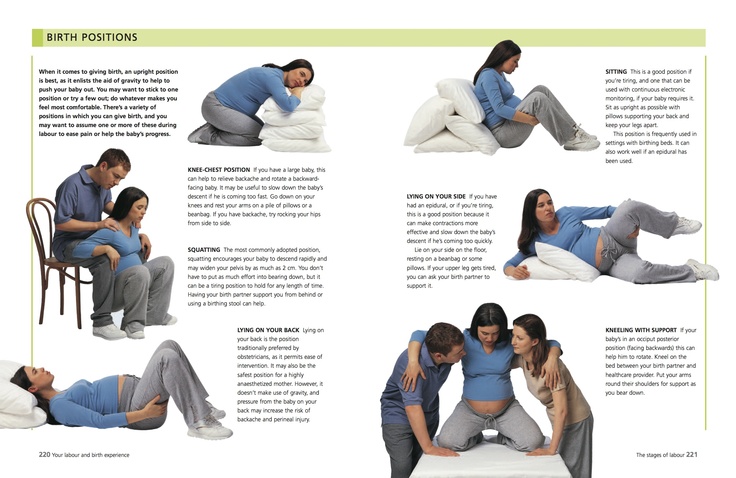
In our maternity hospital, every woman in labor, regardless of whether a contract was concluded or not, in the absence of contraindications, can give birth vertically. nine0007 That is, in the maternity hospital at City Clinical Hospital No. 29, vertical births are free!
Vertical childbirth has long been considered the most convenient. For example, in Central Africa, a woman went into the forest, where a pole was placed between the trees, holding on to which the woman in labor either squatted or stood up, the birth itself took place on their haunches. Indian women gave birth hanging from vines or tree branches. During childbirth, Persian women leaned their hands on bricks - this position facilitated attempts and ensured their safety. In Rus', midwives steamed women in labor in baths and forced them to walk, and women gave birth, hanging on the neck of their husbands. But in the 17th century, Louis XIV broke the centuries-old tradition. So during childbirth, the woman was first laid on her back, so that it would be more convenient to observe the process.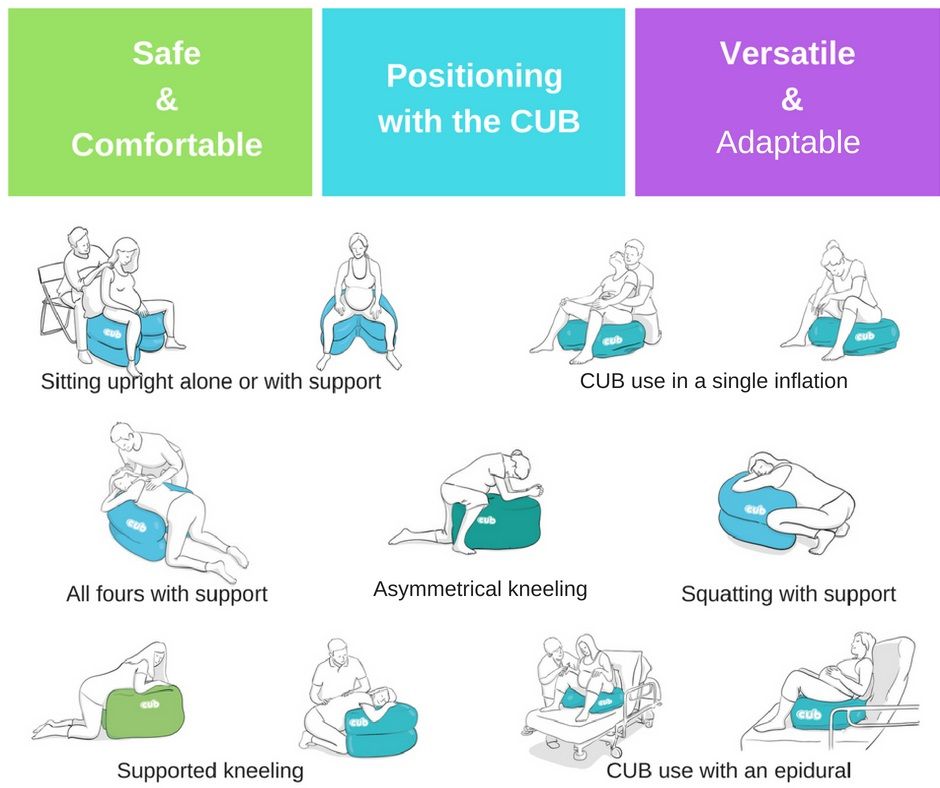 Since then, in modern obstetrics, the stereotype has been strong that childbirth requires the obligatory stay of the woman in labor in bed. nine0003
Since then, in modern obstetrics, the stereotype has been strong that childbirth requires the obligatory stay of the woman in labor in bed. nine0003
The main plus of delivery in a vertical position is maximum naturalness and physiology.
Advantages of vertical delivery:
- The vertical position of the woman reduces the pressure of the uterus on the large vessels . In a horizontal position, the vessels are squeezed, including the aorta and the inferior vena cava, through which all the blood from the lower half of the body returns to the heart, and this is harmful for both the mother and the child. Compression of the aorta leads to the fact that an insufficient amount of blood begins to flow into the uterus, and, consequently, oxygen. In this case, it is possible to develop oxygen starvation - fetal hypoxia. If the woman in labor takes a vertical position, and the vessels are not pinched by the uterus, then this prevents the development of hypoxia in the child both in the first and second stages of labor.
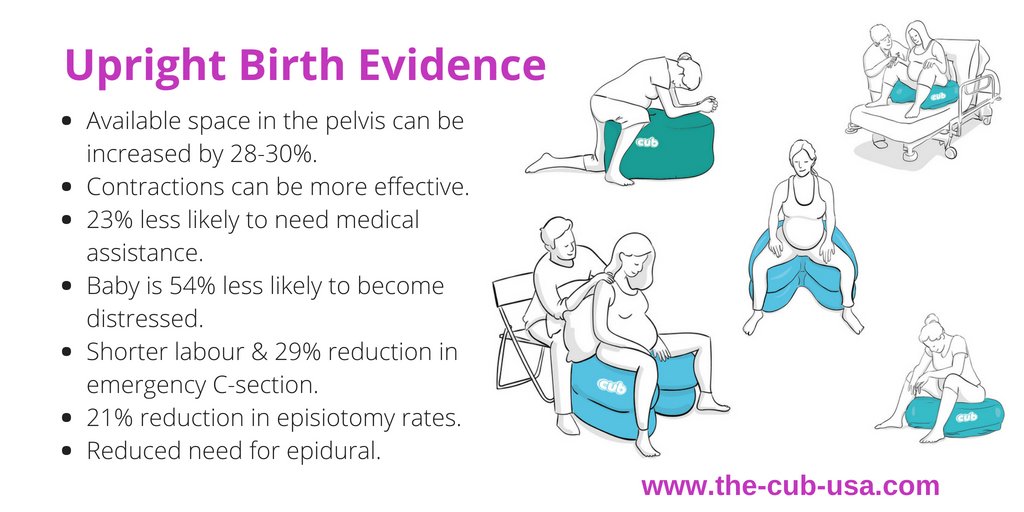 nine0024
nine0024 - In the upright position of the woman in labor, the time of contractions is significantly reduced, on average, by 2-3 hours. Why? Firstly, due to the fact that the pressure of the fetal bladder and the head of the child on the lower uterine segment and cervix with the vertical position of the woman in labor provides a more efficient, smooth and quick opening of the uterine os. Secondly, the active position of a woman plays a significant role, which can choose a position that is convenient for herself, and thereby influence the process of contractions. Consequently, she is less frightened, less constrained, and therefore the opening is faster and easier. nine0024
- Women in labor with a vertical birth report much less pain . During attempts, the vertical position of the woman in labor is also preferable to the horizontal. With vertical delivery, the duration of the second period is slightly longer than with "traditional" childbirth, but this increase is for the benefit of both mother and child.
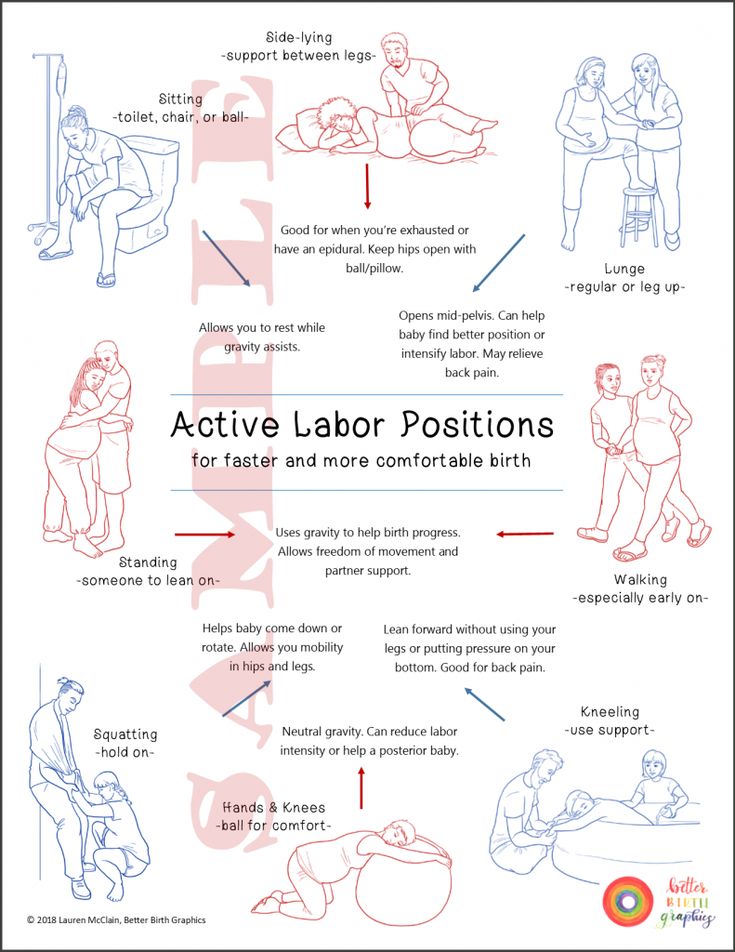 The fact is that in a standing or sitting woman, the fetus moves down not only more slowly, but also more smoothly. Therefore, with vertical delivery, the risk of birth trauma is reduced, both for the mother and the child. nine0024
The fact is that in a standing or sitting woman, the fetus moves down not only more slowly, but also more smoothly. Therefore, with vertical delivery, the risk of birth trauma is reduced, both for the mother and the child. nine0024 - Women in labor report much less intense pain during vertical delivery. During attempts, the vertical position of the woman in labor is also preferable to the horizontal. With vertical births, the duration of the second period is slightly longer than with “traditional” births, but this increase is for the benefit of both mother and child. The fact is that in a standing or sitting woman, the fetus moves down not only more slowly, but also more smoothly. Therefore, with vertical delivery, the risk of birth trauma is reduced, both for the mother and the child. nine0024
Here are some statistics:
- In horizontal births, female injuries accounted for 5%, in vertical ones - 1%.
- In children with vertical birth, despite their faster course, the number of complications is 3.
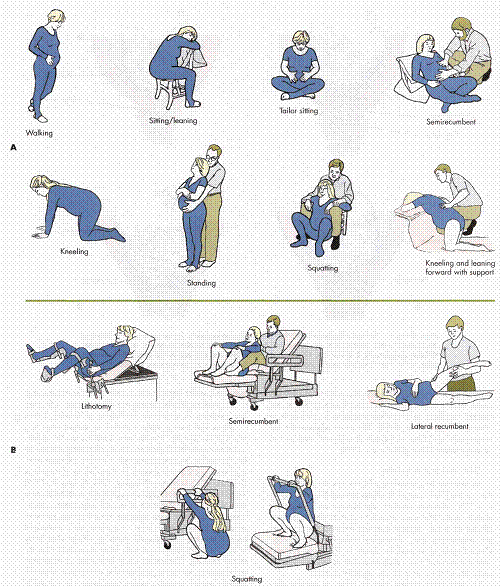 5%, and with traditional birth - 35% (mainly cephalohematomas).
5%, and with traditional birth - 35% (mainly cephalohematomas). - Blood loss during vertical delivery is also reduced due to the fact that the birth of the placenta occurs faster than during conventional, horizontal delivery (average blood loss during "vertical" birth is 100-150 ml). nine0024
- Vertically born children have higher Apgar scores, more likely to regain weight loss after birth, they are less likely to have various neurological syndromes. Studies of psychomotor development have shown that children who are ahead of development in the vertical group accounted for 31%, in horizontal births - 8%.
It is also interesting that mothers who took an active part in the birth of their babies and immediately put them to the breast, breastfeed longer. nine0003
In children with vertical births, despite their faster course, the number of complications is 3.5%, and with traditional births - 35% (mainly cephalohematomas).
Disadvantages of vertical delivery, contraindications:
- Epidural anesthesia is not used for vertical delivery - if it is done, the woman in labor simply will not be able to stand.
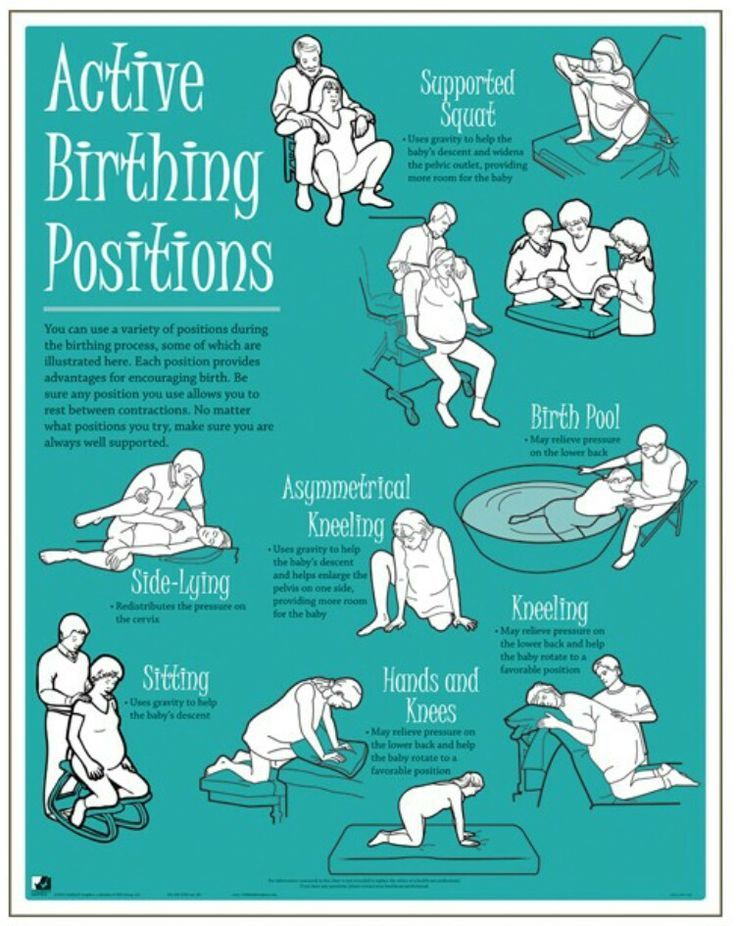
- Incorrect structure of the perineum.
Maternity hospital at City Clinical Hospital No. 29 — we will answer your questions! nine0070
Childbirth:
- How to improve conditions?
- How to give birth safely?
- Will my doctor be there?
Pregnancy:
- How to avoid queues?
- How to be observed individually?
- Will everything be all right?
Get the answer by phone right now!
Call us:
Appointment at the maternity hospital
+7 (495) 360-01-70
Paid maternity hospital services
+7 (495) 360-40-93
Childbirth contract
+7 (966) 039-039 7 (985) 032-50-89
Consultation on paid maternity hospital services
+7 (495) 360-40-93+7 (966) 039-07-70+7 (985) 032-50-89
appointment from 9.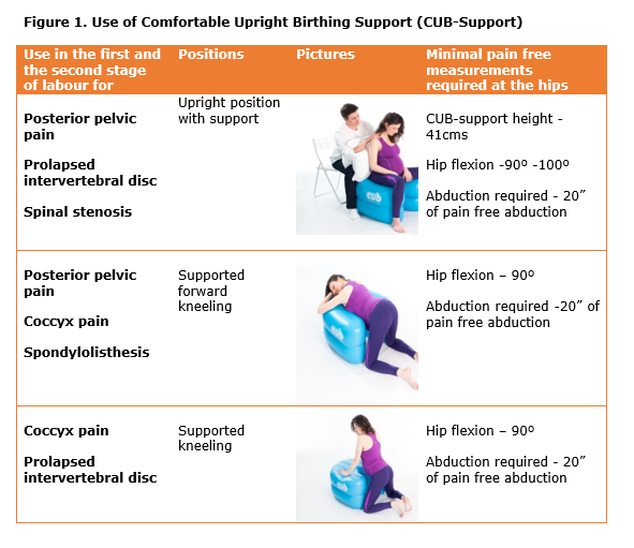 00 to 17.00
00 to 17.00
Department of the maternity hospital 29
Center for women with endocrine pathology
Department of pathology of newborns and premature babies
Neonatology department
Vertical delivery | Articles by EMC Physicians on Diseases, Diagnosis and Treatment
Along with water births, vertical births are a source of much controversy among physicians, midwives and doulas. What is it - a tribute to fashion or a step towards physiology?
Everything is individual. It cannot be said that vertical childbirth is better or worse than traditional childbirth in the prone position. Often, birth in an upright position is chosen by women who give birth not for the first time. In this case, the tissues of the perineum are already more extensible, and it may indeed be easier for the child to be born "under the influence of gravity." But again, this doesn't apply to everyone. nine0003
Preparation for vertical delivery
If you decide to give birth vertically, the most important thing is to discuss this possibility with your doctor.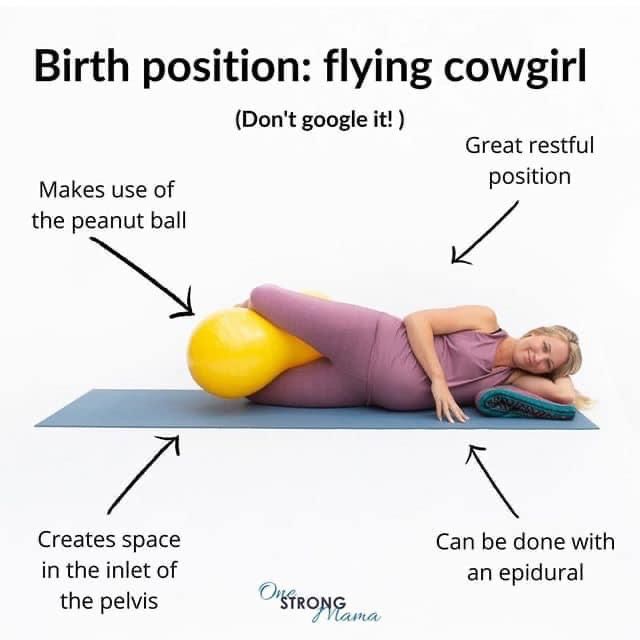 If you have no contraindications for vertical childbirth, it will be useful to be like courses for pregnant women, to “rehearse” various poses. But you also need to be prepared for the fact that the birth may not go as you planned, and for your safety and the safety of the baby, you may need to change position, get an epidural anesthesia, or perform other manipulations. nine0003
If you have no contraindications for vertical childbirth, it will be useful to be like courses for pregnant women, to “rehearse” various poses. But you also need to be prepared for the fact that the birth may not go as you planned, and for your safety and the safety of the baby, you may need to change position, get an epidural anesthesia, or perform other manipulations. nine0003
How is a vertical birth?
Since a woman is not given an epidural during a vertical birth, she can walk, lie in the bath, use a fitball during labor - this is the so-called "free behavior in childbirth." When the period of attempts comes, the woman in labor takes a comfortable position on the transforming bed, or on a special chair for vertical delivery.
After the birth of a child, the mother presses him to her stomach (like a kangaroo), waiting for the placenta to separate. If a woman is not comfortable, then she lies down, and the third stage of labor passes already lying down.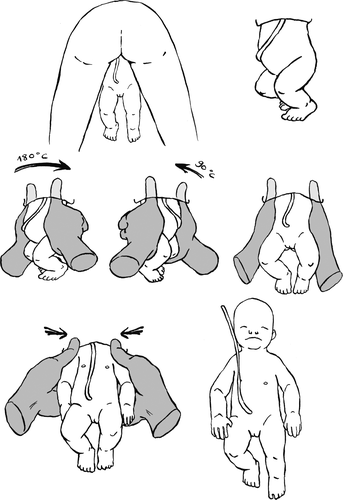 nine0003
nine0003
Advantages and disadvantages of vertical delivery
Vertical delivery takes place without anesthesia. This is both an advantage and a disadvantage at the same time. The advantage of vertical birth is that a woman can walk and take any comfortable position to facilitate contractions. The downside is that free-flowing labor does not provide the same pain relief as epidurals. In addition, if a woman in labor moves around the maternity ward, then she is not connected to the CTG machine, and the condition of the fetus is not continuously monitored. nine0003
There is another drawback: the position of the woman in a vertical birth does not allow the midwife, no matter how experienced, to help to fully avoid possible perineal tears.
When is vertical delivery not possible?
Contraindications to vertical delivery are complications in which it is necessary to continuously monitor the condition of the mother and fetus, for example:
- breech presentation, nine0021 multiple pregnancy,
- scar on the uterus.
